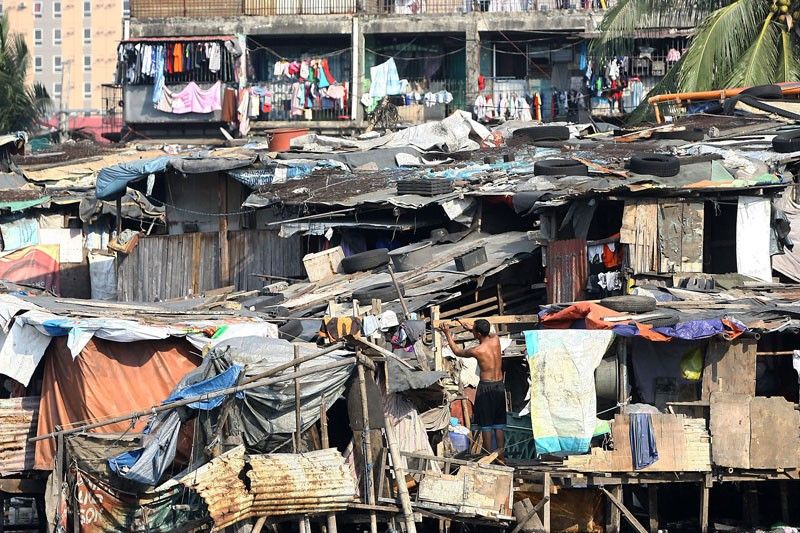‘Half of Filipino households vulnerable to poverty’

MANILA, Philippines — Various socioeconomic and environmental shocks, such as inflation and natural disasters, now threaten to sink more Filipino households into poverty and keep them there if the government fails to institute needed interventions.
In a new study titled “Vulnerability to Poverty in the Philippines: An examination of Trends from 2003 to 2015,” state-run think tank Philippine Institute for Development Studies (PIDS) research fellows Jose Ramon Albert and Jana Flor Vizmanos said about 48.5 percent of Filipino households were found to be vulnerable to income poverty if affected by disasters.
The number was double the official poverty incidence of 21.6 percent in 2015 — the portion of the population with per capita income less than the poverty threshold.
Based on the poverty threshold set by the Philippine Statistics Authority, a family of five in 2015 needed an average of P6,329 per month to meet their basic food needs and P9,064 per month for their minimum basic food and non-food needs.
The data on poverty threshold would be updated next year after the ongoing Family Income and Expenditure Survey.
The researchers said the government should broaden the scope of its poverty assessment so it can design appropriate programs that can both pull the poor out of their situation and protect the vulnerable population from sinking into poverty.
“Poverty is dynamic. The government should broaden the scope of its assessments by taking into account both poverty and vulnerability estimates,” said the researchers in the paper.
The study noted that the past decade has seen significant improvements in the provision of social protection but the researchers noted that most social protection programs still lack proper targeting and proper tailoring of interventions to attain both poverty reduction and poverty prevention objectives.
According to the study, the rural population continues to be more vulnerable than its urban counterpart with households in Autonomous Region in Muslim Mindanao having eight in 10 households vulnerable to poverty.
Families with more young members are also more vulnerable to income poverty in both urban and rural areas.
Having household heads who are more educated, however, gives them hope as it was found that the vulnerability rate drops with increasing educational attainment of the household’s breadwinner as he or she has better employment prospects.
“This suggests the importance of human capital investments, not only by government but also by the households themselves,” said the study.
- Latest
- Trending





























